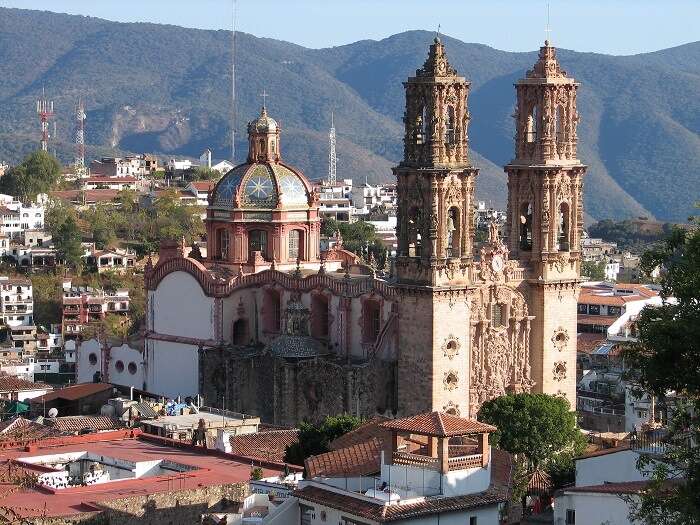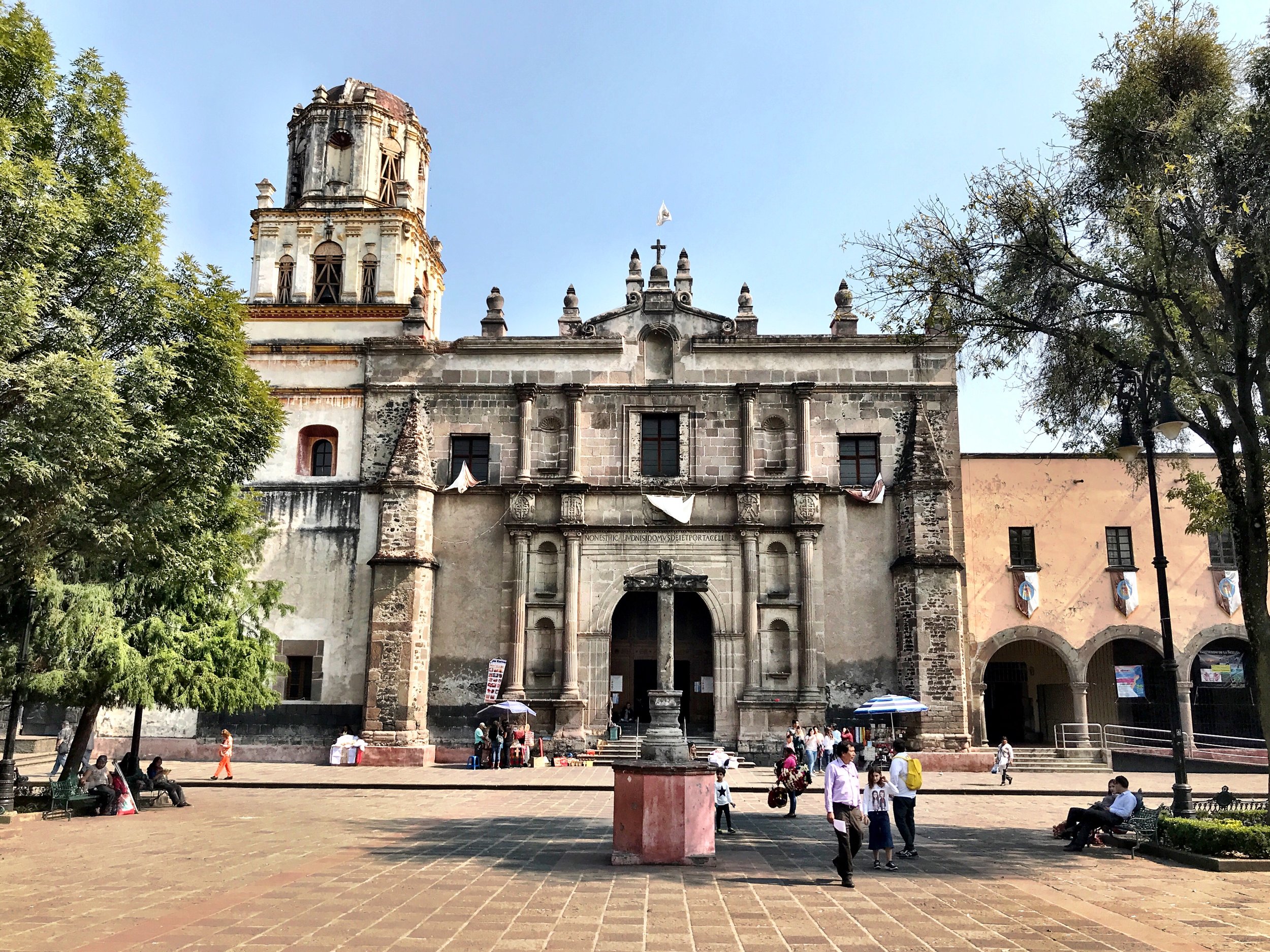In this article, you will learn about the splendor of Mexico’s colonial churches and cathedrals. Discover the architectural beauty and cultural significance of these magnificent structures, which showcase the country’s rich history and religious heritage. From the ornate details to the grandeur of the interiors, we will delve into the many aspects that make these churches truly remarkable. Join us on this journey through Mexico’s colonial past and immerse yourself in the awe-inspiring world of its churches.
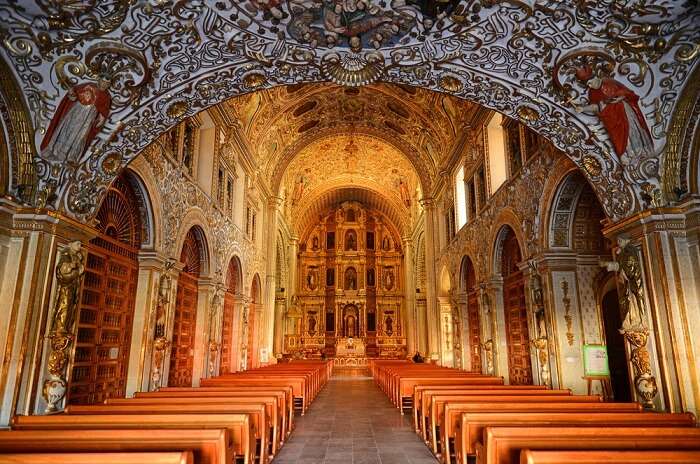
History of Mexico’s Colonial Churches
Mexico’s colonial churches are a testament to the rich history and cultural heritage of the country. Influenced by Spanish colonization, these churches reflect the intricate fusion of European architectural styles with indigenous art and design elements. Construction of the first colonial churches in Mexico began in the 16th century, soon after the arrival of the Spanish conquistadors. Over the centuries, these churches evolved and developed distinct architectural styles, leaving behind a legacy that continues to impress and inspire.
Architectural Features of Mexican Colonial Churches
One of the defining features of Mexican colonial churches is their ornate and elaborate facades. Baroque ornamentation, characterized by intricate carvings, stucco work, and decorative elements, can be seen adorning the exteriors of these churches. The grandeur and opulence of the facades serve as a visual representation of the spiritual significance and devotion of the Mexican people.
In addition to the influence of European aesthetics, indigenous art and design elements also played a significant role in shaping the architectural features of colonial churches. The integration of indigenous motifs, such as vibrant colors, geometric patterns, and intricate stonework, creates a unique blend of cultures and adds to the charm of these churches.
Distinctive bell towers and domes are another hallmark of Mexican colonial church architecture. These towers, often adorned with intricate carvings and sculptures, rise majestically into the sky, serving as beacons for both worshipers and tourists alike. The domes, with their remarkable craftsmanship and architectural prowess, add to the overall grandeur of these churches.
Iconic Colonial Churches in Mexico
Among the many colonial churches in Mexico, several standout due to their historical significance and architectural splendor. One such church is the Catedral Metropolitana, located in the heart of Mexico City. Built over a period of more than two centuries, the Catedral Metropolitana is a prime example of Mexican Baroque architecture. Its stunning facade, featuring intricate carvings and spires, is a sight to behold. The interior of the cathedral is equally captivating, with its soaring arches, golden altarpieces, and beautifully painted ceilings.
Another prominent colonial church is the Templo de Santo Domingo in Oaxaca. This church showcases a mix of architectural styles, including Baroque, Neoclassical, and indigenous influences. Its ornate facade, adorned with detailed stonework and sculptures, tells the story of the region’s rich history. Inside the church, visitors are treated to a breathtaking display of gold leaf altarpieces and vividly colored frescoes.
The Parroquia de San Miguel Arcángel in San Miguel de Allende is yet another architectural gem. This church is renowned for its neo-Gothic style, which sets it apart from the predominantly Baroque architecture found in other Mexican colonial churches. The towering spires and delicate tracery work on the facade make it a true masterpiece of craftsmanship.
Religious Significance of Mexican Colonial Churches
Mexican colonial churches hold immense religious significance for the local communities. Serving as centers of worship and pilgrimage, these churches are essential in the spiritual lives of the Mexican people. They provide a place for prayer, reflection, and connection with the divine.
Religious festivals and processions play a crucial role in Mexican culture, and colonial churches are at the heart of these celebrations. Gathering around these churches, communities come together to honor saints, commemorate religious events, and display their devotion. The vibrant atmosphere, filled with music, dances, and colorful decorations, creates a sense of unity and joy among the participants.
Beyond their religious role, colonial churches also play a vital role in the local communities. They serve as meeting places, where people come together to discuss community matters and maintain social cohesion. Colonial churches often host cultural events, art exhibitions, and educational programs, fostering a sense of pride and belonging among the community members.
Art and Decoration in Mexican Colonial Churches
Step inside a Mexican colonial church, and you’ll be greeted by a feast for the eyes. From altarpieces and religious paintings to the generous use of gold leaf and precious materials, these churches are adorned with exquisite artwork and decorations.
Altarpieces, known as retablos, are prevalent in Mexican colonial churches. These intricate wooden structures, often embellished with gold leaf and adorned with religious figures and scenes, serve as the centerpiece of the church. The careful craftsmanship and attention to detail make each altarpiece a work of art in its own right.
Religious paintings also play a crucial role in the adornment of colonial churches. These paintings depict biblical scenes, saints, and religious symbols, adding to the spiritual ambiance of the church. With their vibrant colors and masterful brushstrokes, these paintings are a testament to the artistic talents of Mexican artisans.
The use of gold leaf is a prominent feature in the decoration of Mexican colonial churches. The shimmering gold adds an air of opulence and magnificence to the interiors, creating an atmosphere of reverence and awe. Combined with intricate woodwork and colorful frescoes, the golden accents elevate the beauty of the churches to a whole new level.
Sculptures and carvings also find their place in Mexican colonial churches. From stone carvings on the exterior facades to wooden statues inside the church, these artistic expressions add a three-dimensional aspect to the overall design. These sculptures depict religious figures, such as the Virgin Mary and various saints, providing a tangible representation of faith for worshipers.
Preservation and Restoration of Mexican Colonial Churches
Preserving the historical integrity of Mexican colonial churches is a challenging task. The passing of time, natural disasters, and human intervention pose significant threats to these architectural treasures. However, there are ongoing efforts to protect and restore these churches, ensuring that their architectural heritage survives for future generations to appreciate.
Government organizations, cultural institutions, and religious authorities collaborate to preserve colonial churches. They conduct regular inspections, implement maintenance measures, and provide funding for restoration projects. These initiatives aim to conserve the unique architectural features, protect the artwork, and ensure the structural stability of the churches.
Restoration projects play a crucial role in maintaining the authenticity and beauty of colonial churches. Skilled artisans and restoration experts meticulously repair and recreate damaged or deteriorated elements, using traditional techniques and materials. This attention to detail allows these churches to maintain their original splendor and significance.
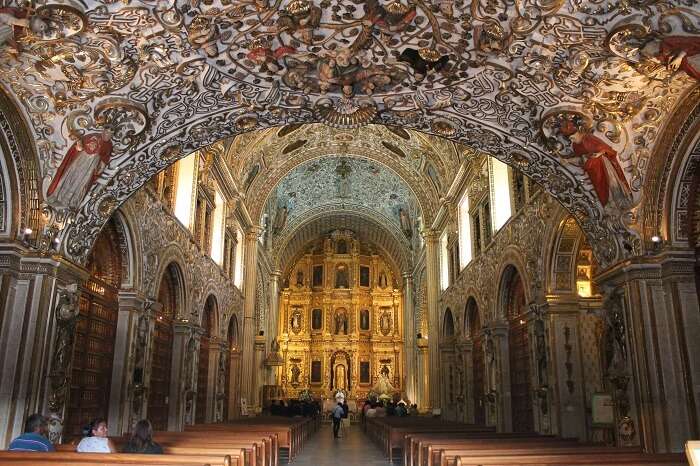
Tourism and Cultural Heritage of Mexican Colonial Churches
Mexico’s colonial churches have become significant attractions for visitors and tourists from around the world. Travelers are drawn to the enchanting beauty, historical charm, and cultural significance of these churches. Exploring these architectural wonders provides a fascinating glimpse into Mexico’s rich past and cultural heritage.
The influx of tourists has had a positive impact on the local economies surrounding colonial churches. The increased tourism has created job opportunities in various sectors, including hospitality, transportation, and local businesses. Additionally, the revenue generated from tourism often contributes to the preservation and restoration efforts of these churches, ensuring their continued existence.
Furthermore, promoting the cultural heritage of colonial churches helps preserve and celebrate Mexico’s unique identity. By showcasing the architectural grandeur and artistic achievements of these churches, they become symbols of national pride. This recognition fosters a sense of appreciation among the Mexican people for their country’s history and cultural heritage.
Colonial Churches as Architectural Landmarks
The integration of colonial churches into urban landscapes is a testament to their architectural significance. Situated in the heart of bustling cities and quaint towns, these churches add a touch of grandeur and historical charm to their surroundings. They often serve as prominent landmarks, guiding the way for locals and tourists alike.
The influence of colonial church architecture extends beyond the historic buildings themselves. Contemporary Mexican architecture draws inspiration from these colonial churches, incorporating elements of their design into modern structures. Whether it’s the use of arches, domes, or ornate facades, echoes of colonial church architecture can be seen in the buildings that shape Mexico’s evolving urban landscape.
Recognizing their cultural and historical importance, many colonial churches in Mexico have been designated as UNESCO World Heritage sites. This prestigious recognition further solidifies their status as architectural landmarks and ensures their preservation for future generations to appreciate.
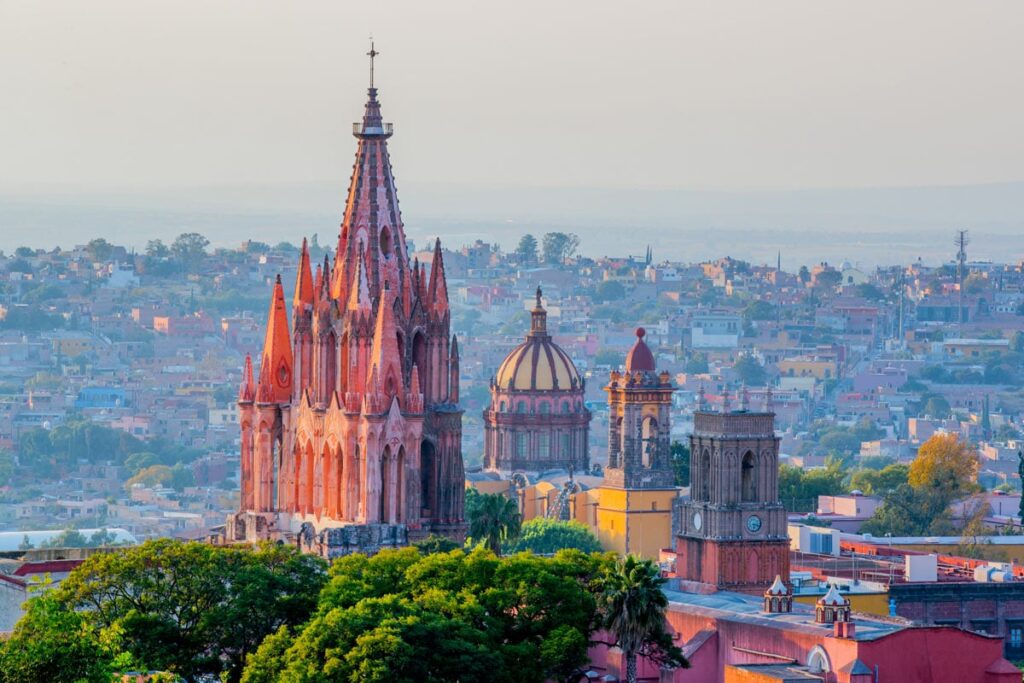
Influence of Colonial Churches on Mexican Identity
Mexican colonial churches hold a special place in the religious and cultural identity of the Mexican people. These churches have been witnesses to centuries of history, serving as places of worship, spiritual refuge, and centers of community life. The symbolism they embody resonates deeply with the Mexican people, representing resilience, faith, and unity.
For many Mexicans, these churches are not merely architectural marvels; they are tangible reminders of their ancestors’ unwavering devotion and the strength of their cultural heritage. The endurance of colonial churches through wars, natural disasters, and political upheavals reflects the resilience of the Mexican people themselves.
The beauty, grandeur, and spiritual significance of colonial churches inspire feelings of awe and reverence. The intricate craftsmanship and attention to detail speak to the artistic talents and dedication of the Mexican artisans who built these churches. The creativity, faith, and passion that went into their construction are integral parts of Mexican history and identity.
Impact of Colonial Churches on Art and Literature
Mexican colonial churches have had a profound impact on art and literature throughout the country’s history. Artists and writers have been captivated by the beauty and symbolism of these churches, resulting in their depiction in various artistic forms.
In Mexican art, colonial churches often serve as both the subject and the backdrop of paintings, drawings, and sculptures. Artists capture the essence of these churches, showcasing their majestic facades, intricate architectural details, and spiritual ambiance. The play of light and shadow, the vibrant colors, and the meticulous brushstrokes reveal the awe and admiration that these churches inspire.
Similarly, in Mexican literature, colonial churches are often depicted as important settings that shape the narrative and enhance the overall atmosphere. Authors use detailed descriptions of these churches to transport readers into the heart of Mexico’s historic towns and cities. The presence of these churches in literature creates a sense of place and reinforces the cultural identity of the characters and their journey.
Colonial churches play a significant role in reflecting the broader artistic movements within Mexico. From the Baroque period to the modern-day artistic expressions, these churches have been a continuous source of inspiration for Mexican artists. The fusion of European and indigenous elements found in colonial church architecture is echoed in the diverse range of artistic styles and movements in Mexican art.
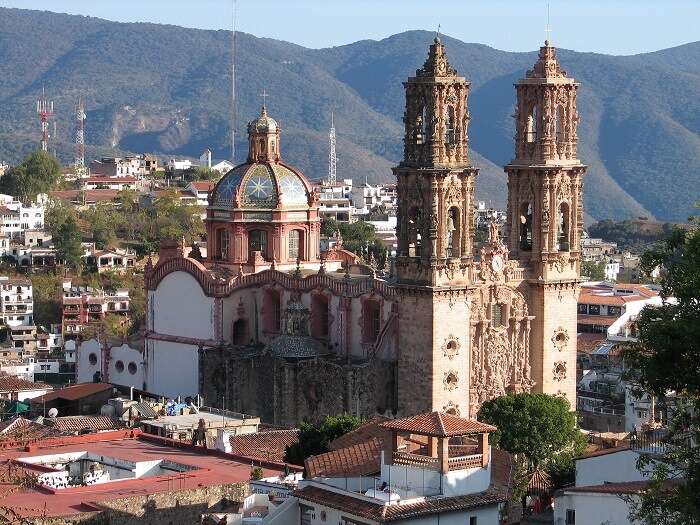
Community Involvement in Colonial Churches
Mexican colonial churches are not just places of worship; they are integral to the fabric of the local communities. Community involvement is a key aspect of the life of these churches, as they rely on the support and participation of community members to thrive.
Local community members actively participate in church activities, such as religious services, choir singing, and volunteer work. This involvement creates a sense of ownership and belonging, fostering a strong bond between the church and the community it serves. The churches become more than architectural structures; they become a reflection of the collective faith and values of the community.
Maintenance and care of colonial churches are often entrusted to community members. Through regular cleaning, repairs, and maintenance efforts, the community takes an active role in preserving the churches for future generations. This sense of responsibility and stewardship ensures that the churches remain in good condition and continue to serve as pillars of the community.
Religious events and celebrations organized by the local communities further strengthen the bond between the churches and their surroundings. These events bring people together, fostering a sense of unity and camaraderie. The church becomes a gathering place for joyous celebrations, somber remembrances, and moments of reflection, serving as a cornerstone of community life.
Colonial Churches and Cultural Exchange
The architectural styles of Mexican colonial churches are a result of an exchange between European influences and indigenous traditions. Spanish colonization brought with it European architectural styles, which were then adapted and merged with indigenous art and design elements. This fusion of cultures has left an indelible mark on Mexican colonial church architecture.
The exchange of religious practices and traditions is also evident in these churches. Catholicism, introduced by the Spanish, was blended with indigenous beliefs and rituals. This syncretism can be seen in the artwork, religious processions, and festivals that take place at colonial churches. The resulting cultural fusion creates a unique religious experience that is distinctly Mexican.
The continued presence of colonial churches serves as a reminder of the intricate relationship between European colonizers and indigenous communities. These churches stand as physical embodiments of the cultural exchange and adaptation that occurred during this tumultuous period in Mexican history.
Colonial Churches and Indigenous Communities
Despite the influence of European colonization, Mexican colonial churches also incorporate indigenous elements. Indigenous communities played a crucial role in the building and maintenance of these churches, contributing to their unique architectural features.
Indigenous artistic traditions and craftsmanship are evident in the intricate stonework, wood carvings, and decorative motifs found in colonial churches. Indigenous artisans, drawing on their ancestral knowledge and skills, left their mark on these churches, infusing them with a sense of cultural diversity and heritage.
Furthermore, colonial churches became spaces where indigenous communities could adapt and preserve their religious practices. Indigenous rituals and ceremonies were incorporated into Catholic worship, creating a syncretic form of spirituality that blended Catholicism with indigenous beliefs. These churches became sanctuaries where indigenous communities could honor their ancestors and connect with their cultural roots.
The dual role of colonial churches in both European and indigenous cultures is a testament to the resilience and adaptability of indigenous communities. By embracing and incorporating indigenous elements, these churches highlight the importance of cultural diversity and the coexistence of different traditions.
Conclusion
Mexico’s colonial churches are a treasure trove of history, art, and cultural heritage. From the intricate architectural details to the awe-inspiring artwork, these churches stand as a testament to the resilience and devotion of the Mexican people.
Exploring Mexico’s magnificent colonial churches allows you to step back in time and witness the fusion of European and indigenous cultures. The grand facades, vibrant artwork, and spiritual significance create a sense of wonder and appreciation for the rich historical and cultural heritage of Mexico.
Preserving and protecting these architectural marvels is crucial to ensuring their continued legacy. Through ongoing restoration projects, community involvement, and the recognition of their cultural value, these churches will stand as symbols of Mexico’s past, present, and future.
Take the time to visit these splendid colonial churches, immerse yourself in their beauty, and reflect on the deep spiritual and cultural heritage they represent. The journey through Mexico’s colonial churches is not just a visual feast but a profound experience that will leave an indelible mark on your soul.
